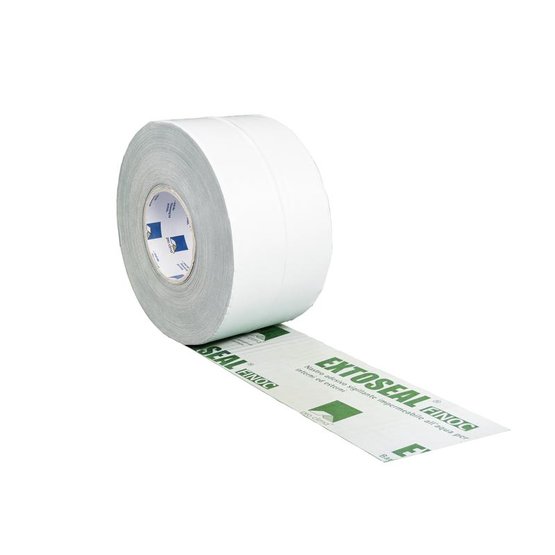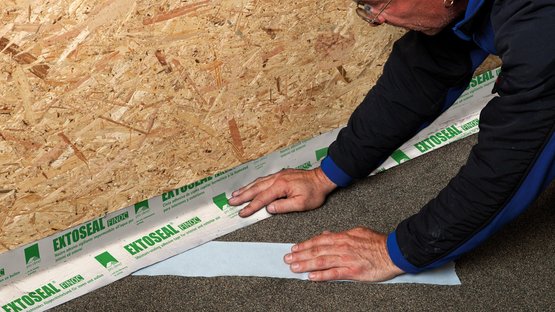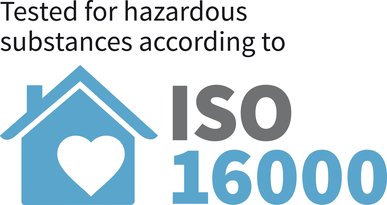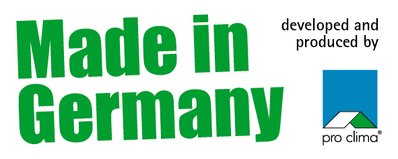Moisture-sealing adhesive tape, for interior and exterior use

Advantages
- Protects building components against water ingress with its strong sealing effect
- Secure sealing: butyl rubber penetrates deep into the subsurface
- Easy to work with: very elastic – can adapt flexibly to subsurfaces and corners
- Subsequent work can be started quickly: adheres to stable mineral subsurfaces without primers
- Construction in adherence with standards: for airtight sealing in accordance with DIN 4108-7, SIA 180 and RE 2020
- Excellent values in hazardous substance testing, has been tested according to the ISO 16000 evaluation scheme
Areas of application
For creating seals underneath sills/sole plates/thresholds in timber structures, for sealing wood-based panels to smooth mineral surfaces, for taping sub-roof panels to one another (e.g. in roof valleys and transitions), and for sealing these to adjoining structural elements.
Splits on release film
| Tape width | Split (approx.) |
|---|---|
| 100 mm (4") | 50 | 50 mm (2" | 2") |
| 150 mm (6") | 75 | 75 mm (3" | 3") |
| 200 mm (8") | 100 | 100 mm (4" | 4") |
| 300 mm (12") | 150 | 150 mm (6" | 6") |
Installation instructions
General conditions
The bonds should not be subjected to tensile strain. Rub the tape firmly to secure the adhesive bond. Ensure there is sufficient back pressure.
Windproof, airtight or rainproof seals can only be achieved on vapour check membranes, roofing underlay membranes or facade membranes that have been installed without folds or creases. This product can only be worked with if daytime and nighttime temperatures are > 5 °C (41 °F).
If the initial bond is not satisfactory, a solvent (e.g. white spirits) may be applied to the grey butyl rubber side of the tape. The solvent increases the adhesiveness of the butyl rubber at low temperatures.
The tape is self-sealing under the effect of heat.
Substrate
Clean subsurfaces before sticking. Adhesion to frozen surfaces is not possible. There must be no water-repellent substances (e.g. grease or silicone) on surfaces where adhesives are to be applied. Subsurfaces must be sufficiently dry and stable.
Adhesive bonds are possible on planed and painted wood, hard plastics and metal (e.g. pipes, windows etc.), hard wood-based panels (chipboard, OSB, plywood, MDF and wood-fibre underlay panels) and mineral subsurfaces such as concrete, non-plastered masonry or plaster.
Pre-treatment with TESCON PRIMER is required in the case of adhesion to wood-fibre underlay panels. Concrete or plaster subsurfaces must not be sandy or crumbling. Pre-treatment with TESCON PRIMER is recommended in the case of subsurfaces with insufficient stability.
The best results in terms of structural stability are achieved on high-quality subsurfaces. It is your responsibility to check the suitability of the subsurface; adhesion tests may be necessary.




